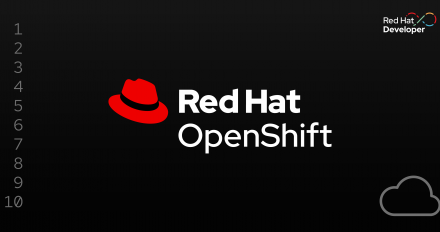
Deployment of Red Hat OpenShift Data Foundation using GitOps
Deploy Red Hat OpenShift Data Foundation (ODF), a unified data storage solution

Deploy Red Hat OpenShift Data Foundation (ODF), a unified data storage solution
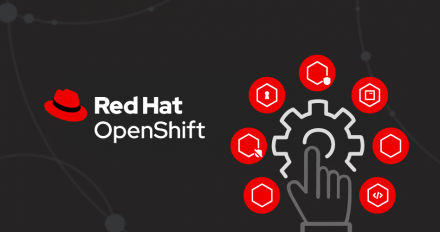
Learn about the right-sizing recommendations for OpenShift Virtualization with Red Hat Advanced Cluster Management.

Troubleshoot and benchmark OpenShift Virtualization workloads by seamlessly booting VMs on bare metal using NetApp Trident and FlexClone technology.
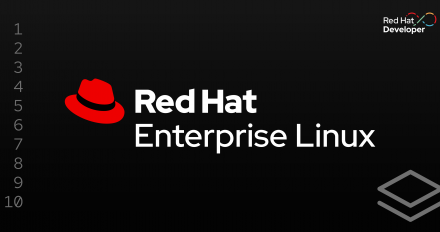
Learn how to use Red Hat Lightspeed image builder to create images that are more compliant to a wide set of regulatory policies and frameworks.

Explore the latest features, updates, and fixes in Red Hat OpenShift 4.20, including multicluster support, observability, and developer experience enhancements.
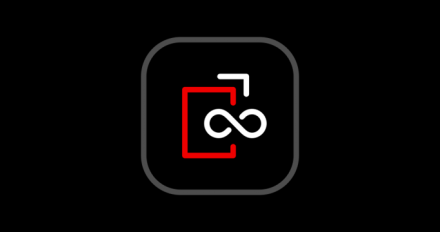
Your Red Hat Developer membership unlocks access to product trials, learning resources, events, tools, and a community you can trust to help you stay ahead in AI and emerging tech.

Celebrate our mascot Repo's first birthday with us as we look back on the events that shaped Red Hat Developer and the open source community from the past year.
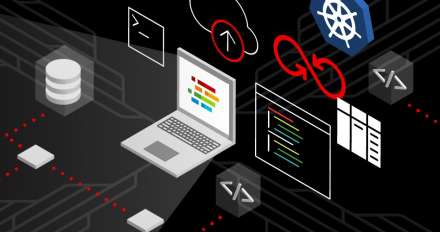
Explore the basics of quantum computing, its implications for real-world software development, and how it connects to Red Hat technologies like OpenShift.
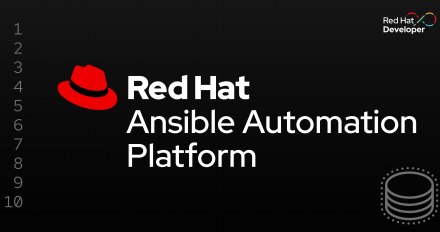
Learn how to integrate Ansible Automation Platform with Red Hat Advanced Cluster Management for centralized authentication across multiple clusters.

This article provides a guide for a secure, least-privilege installation of OpenShift IPI on AWS by avoiding broad administrator credentials.
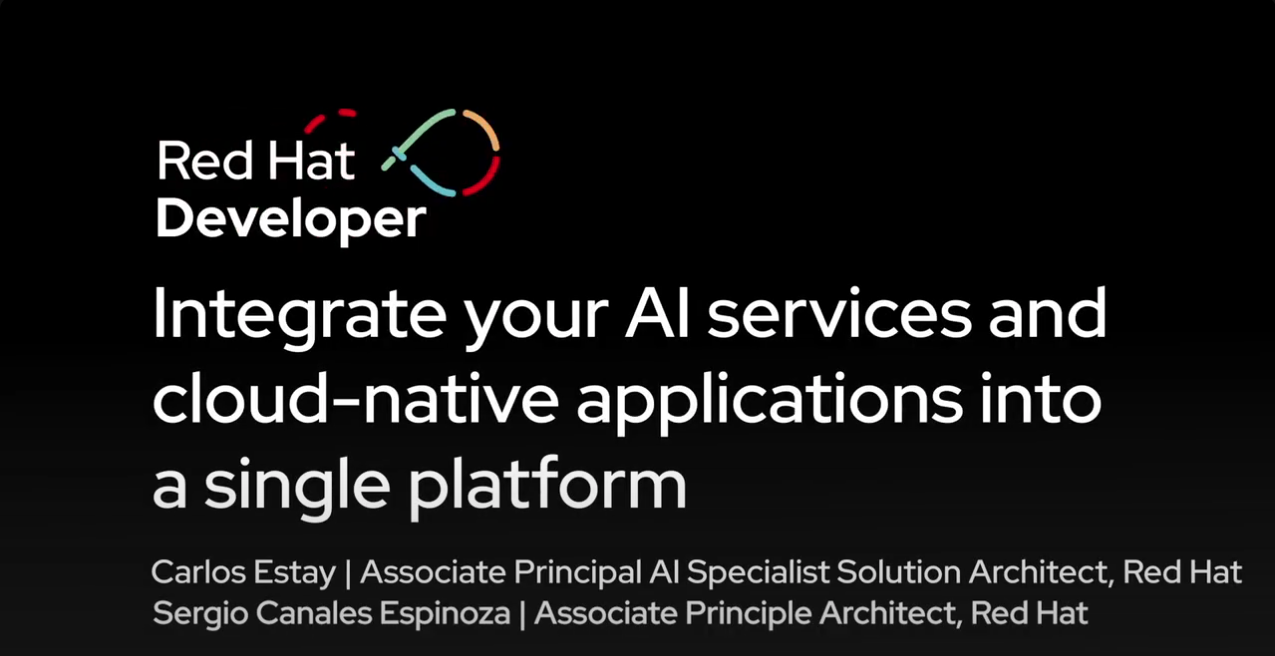
Explore AI integration in this DevNation Day Santiago 2024 deep dive.

Learn how the builds for Red Hat OpenShift operator simplifies building on multi-architecture compute clusters.

Learn how Red Hat technologies combine with open source tools to achieve
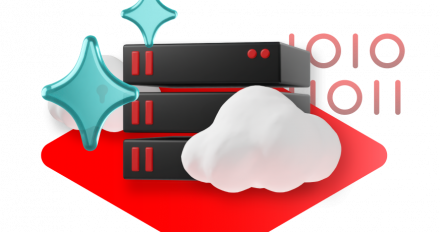
Enterprise-grade artificial intelligence and machine learning (AI/ML) for
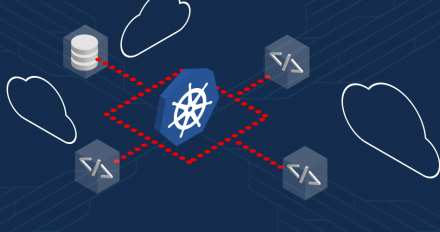
Learn how to migrate managed clusters in Red Hat Advanced Cluster Management 2.13 with this step-by-step guide.

The incident detection feature in Red Hat Advanced Cluster Management for Kubernetes 2.14 helps identify root causes and prioritize critical system issues.
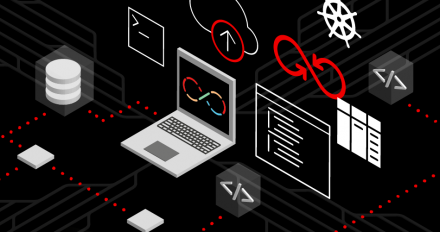
Discover how the right-sizing recommendation capability in Red Hat Advanced Cluster Management enables more efficient infrastructure use and reduces costs.

Learn how migrating OpenShift x86 workloads to AWS Graviton (Arm) instances can significantly cut cloud spending with OpenShift’s multi-arch capabilities.

Learn to implement custom logos in Red Hat OpenShift 4.19 for branded web console experiences, with CLI and web console setup instructions.

This article discusses how the HaProxy router settings affect middleware applications, such as JBoss EAP 7/8 and OpenShift Serverless.

The integration of Ansible Automation Platform with ServiceNow bridges the gap between cloud automation and IT service management, enabling teams to work faster.

Learn how to use your local JetBrains IntelliJ IDE with a hosted cloud development environment provided by OpenShift DevSpaces.

Build scalable Skupper Virtual Application Networks with Ansible 2.0. Deploy, link, and manage Skupper sites across platforms for robust app connectivity.

This article elaborates on the various use cases for embedding containers and provides examples of templates.

Learn how to receive notifications about the status of Red Hat's services.